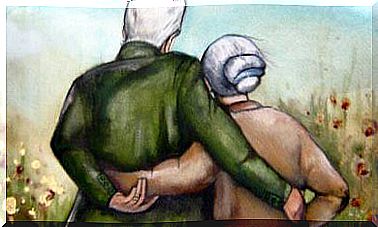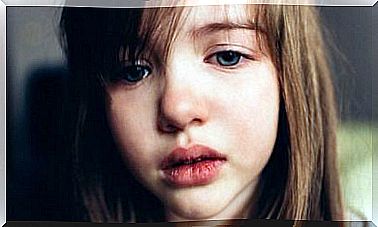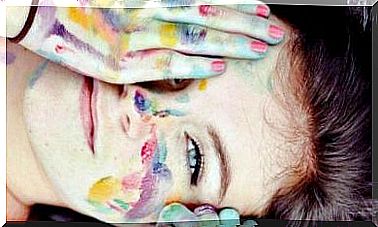Model Learning: Albert Bandura’s Interesting Theory

How do we learn from people? Understanding what mechanisms, gears, and complex nuances get a movement or a different skill in motion has always been a goal of psychology. Albert Bandura introduced the theory of social learning, i.e. the theory of the relationship between the mind of the learner and his environment. The theory is called model learning.
Most of us have no idea how kids learn things. Some people still see learning or the attainment of certain skills as a result of classical behavior, something based on imitation, conditioning, and positive or negative reinforcement.
However, nothing is as complex and amazing as a student’s mind, a child’s brain, or an adult’s ability to create a particular behavior or gather certain information. None of us is like an empty box filled with external pressures or constraints. People observe, imitate, and evolve in a particular social environment, and they have certain mental states that encourage or slow down learning.
Albert Bandura, a Canadian psychologist and professor at Stanford University, has focused on these issues in order to form what we know today as model learning (social learning theory). It is an approach where behavior and cognitive meet.
What does model learning tell us?
Bandura model learning is also known as observational learning or social learning. All of this originated in the 60s, a time when behaviorism had a much greater emphasis on learning as a simple way of receiving and giving information, from teacher to student. One acted as an intermediary and the other as a recipient. In other words, the teacher was the active center, and the student was passive.
Albert Bandura looked at this reductionism beyond a social area. Lev Vygotsky and his sociocultural theory was another way of thinking. Bandura said children learn certain lessons quickly without trial and error. There was one big reason for this: observation and the social environment.
Bobo doll test
The Bobo doll test is one of the best known tests in psychology. Between 1961 and 1963, Bandura and his team demonstrated the importance of observational learning in children and how imitating a model (adult) is far more important in children than simply providing and removing support.
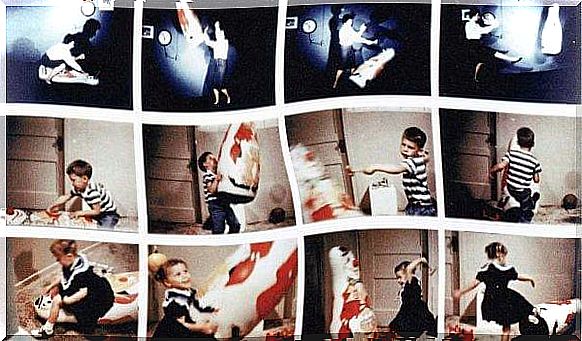
- The experiment consisted of 3-6 year old children at Stanford University Kindergarten. The views there were staggering. In a room full of toys, an adult hit a big doll with a mallet in front of a group of children. In the second experimental group, the adult presented a peaceful model. In the third group, aggression occurred in the form of verbal insults towards the puppet.
- The results could not have been clearer. Most children who were exposed to an aggressive pattern were more likely to act aggressively than those children who were not exposed to this pattern.
Bandura demonstrates that there are three basic forms of observational learning:
- Through a living model, like the right person to perform a behavior.
- Through verbal guidance: telling the details of behavior.
- Symbolic method: Fictional characters in a book or movie. A real person whose behavior is mediated through the media can also be counted here.
A process that conveys model learning
Model learning theory is often described as a “bridge” between traditional learning (e.g., behaviorism) and a cognitive approach. Bandura, unlike Skinner, always sees mental (cognitive) factors as more important in learning. In fact, he defined “learners” as actively processing information and evaluating the relationship between behavior and its consequences.
Thus, we should not fall into the misconception that people imitate everything they see and that absolutely all children engage in aggressive behavior just because they have seen violence at home or in movies. Thoughts precede imitation. In addition, there are mediators who encourage imitation or alternative reaction.
Here are some mediators:
Surroundings
Our society is not completely homogeneous. Instead, it consists of and also produces many diverse environments and scenarios. Some are more favorable and some are more oppressive.
Let’s take an example. Kalle was an 11-year-old boy who started playing the violin. At first he was interested in this instrument. He wanted to own a violin and learn more. But his father got a destructive thought in his head. “Playing the violin is nonsense!” cried Kalle’s father. This suppressed Kalle’s interest in the violin.

Attention
In order for behavior to be imitated, it must first get our attention, interest, and mirror cells activated. Every day we all observe several different uses. But they are not all worth our interest.
Motivation
Motivation acts as an engine, a desire to perform a certain behavior that we see in others.
- At this point, we need to talk about indirect learning. According to Bandura, just watching others is not enough. We must also note the rewards or consequences of different behaviors.
- If the observed reward is greater than the observed behavioral price, the observer imitates it. On the other hand, if indirect reinforcement is not seen as important enough, then the behavior is not imitated.
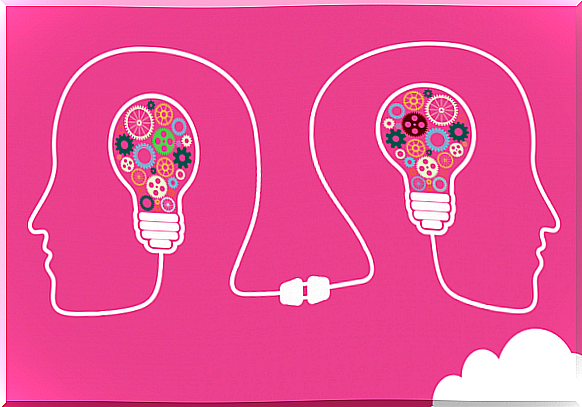
Model learning has been one of the most interesting qualitative steps in psychology. We could even say that Albert Bandura, now 93 years old, is one of the most respected figures in psychology.
Thanks to him, we can better understand how to gather information and create certain behaviors. We can see how external – social – factors relate to our internal processes – cognitive – and how we can act as models for other people in our own environment, often unnoticed.



